QUESTION
What makes a good mold? What doesn't? Why do some molds stick and others not? What materials make the best molds (and worst)? Where can you find good molds?
ANSWERS
Hello everyone! On the subject of good molds vs. bad molds. I have had alot of experience with bad molds. I always think that I can make something work even if people tell me it won't. Stainless steel happens to be one of the worst! Even if you grease it and use a plastic bag it still doesn't work for me. I just ruined my set of Wolf Man Puck mixing bowls my brother got me for christmas, I have tried every thing to get the tufa out well, every thing except a sledge hammer and running over it with the car. On the other hand, cardboard boxes, stryofoam, and any kind of plastic bowl or container works very well. And I always use plastic bags in what ever mold I choose. Wood is another good choice as long as you have the mold screwed together so it can be taken apart easily. So to all you new stoners out there, stay away from stainless steel for your molds! But don't be afraid to experiment with all kinds of different materials, you know that is all a part of the fun! Hope my two cents helps a little, Have a tufa day!
*************************************************************
Look at any plastic vessel as a possible mold. Wastebaskets, bowls, vases, plates, platters, you get the idea. If it tapers, doesn't have any undercuts, has a pleasing shape, imagine it as a casting.
My favorite so far is a plastic fish dish from a thrift store, placed upside down and forming the depression in a free-form birdbath. Looks a little like a fossil. Also did this with a large pot saucer. The saucer can be used as a liner to waterproof the finished birdbath. Tupperware, rubbermaid, buckets, tubs, give it a shot. Thrift stores and dollar stores are a goldmine.
**************************************************************
One mold I haven't seen among the brilliantly clever ones used by our beloved tufamates is barrel stave rings. I have used those quite successfully for LARGE stepping stones / pavers.(you CAN move them, by rolling is easiest, but these are obviously more condusive to in situ projects)
*************************************************************
Look out for like ridges in the molds ... sometimes your mold will get stuck if those are in there... and if you HAVE to HAVE it, cut that mold down its long side before pouring (tape together while molding) for easy removal.
**************************************************************
Watch for plastic extrusions inside plastic trash cans and buckets. You can remove them with a razor blade or exact-o knife.
Ridgid foam insulation can be cut into bottomless forms of any size, butt the edges together and push 2 or 3 large nails (depends on the size of the form)down the side of each corner and wrap duct tape (what to do with all that duct tape you bought) around the outside. Place this on a piece of plywood for a removable base. This is a reuseable form. Learned this one from Joyce Fingerut, (North American Rock Garden Society) co-author of "Creating and Planting Garden Troughs," an excellent book.
You can use metal bowls, pans or pots as long as you line them with plastic and keep your grubby hands off the outside.
Children's beach toys - love the shape of beach buckets. They have a nice shape and are available in many sizes. If you can find them with a flat pourspout, you can make a cascading fountain.
Plastic soap and candy molds make nice embellishments for wall plaques and pots.
And no matter what form/mold you use, as soon as you unmold, clean the mold so you can reuse it. I keep a sponge, a piece of scotch brite and a bucket of water handy. If you leave any 'tufa on the mold it makes it more difficult to use next time.
*************************************************************
I used a round metal cake pan mold yesterday to make a sphere. I'm glad I asked about it first. Now I see what everybody means about metal and cement. I was glad I used plastic wrap as well as a release. Even in the metal cake mold, one little spot on the bottom turned flat, about the size of a quarter. I guess this mold is not strong enough to take the weight of the tufa. So anyone doing round objects should always place them in a bowl or something. However, it did make a nice round shape.
Another thing that I like to use quite a bit are silk leaves, ones that have plastic veins on the backs. I know these aren't molds but they leave quite a nice impression.
*************************************************************
I have used the dug into the ground method for a variety of hypertufa or stepping stone ideas. I did large sea stars with beach rock in them. Used a cardboard pattern, layed it on the ground cut around with a half moon edger and sharp ginzu (fair item) knife. Patted in my concrete mix, splayed squished coat hanger wire across and into the arms of the sea star, then patted more concrete on top, added my rocks and covered with plastic for a day, came back and misted with water, have also done large sand dollars and a couple of birdbaths the same way. The bird baths I did take out of the ground, and either filled in the spot of used it again. Easy to do. If the day is hot/warm, be sure to mist the area that you are using as a mold, it will wick the water out of your mix.
*************************************************************
I have a plastic child size disc (used for snow sledding) about 2' in diameter. I'm thinking it might work for a birdbath...
**************************************************************
My idea is for making a rough-hewn celtic cross out of Tufa, using steel rebar for reinforcing it, and digging out a mold for it in the sand horse arena.
I got this idea from an ancient method of casting bronze, as well as some lost wax methods and decided that since I didn't need a very sharp impression, why not? I want it to look a thousand years old, and I figure with my basic mudpie skill level, that shouldn't be too hard to achieve something crude. They made sand candles this way back in the 70's (or was that the 80's?)
The idea with the bronze casting was to moisten fine sand and pound it tight before pouring the molten metal. My adaptation is to pound the wet sand with sledge hammers and pieces of 2 x 4 to make a smoother face, form the rebar reinforcement, pour half the cement, add the rebar in the middle, then pour the other half, and wait.
I figured that mold release would involve a shovel (and I now have a Bobcat at my disposal as well) primarily.
My further thoughts have been that some carving may be in order to get runes in it, then a good stiff wire brush to age it, cover the works with wet maple leaves to darken and mottle it, then spray it down with buttermilk & moss whizzed up in the blender.
If I have enough time this summer, I'll even find out if it works.
**************************************************************
My favorite place to find molds is the plastics aisle at Goodwill. I have found so many different shaped containors and bowls and such that make great molds. Last week I found a plastic salad bowl made to look like cabbage leaves with the veins on the inside! That is going to make a great little bowl planter. Other bits of tupperware or even wastebaskets can all be adapted to be molds. I've even had an easy time of finding two similarly shaped containors so the 'tufa can be molded between them to give a nice even thickness (something I personally have a problem achieveing free-hand).
*************************************************************
I guess, to answer the question, what makes a good mold
1) shape 2) nonstickability (is that a word???) and 3) CHEAP!!!
************************************************************
Plastic RULZ! Just be sure that the top of the mold where the casting has to exit, is larger than every part under it, or the casting will not be able to fall out.
*************************************************************
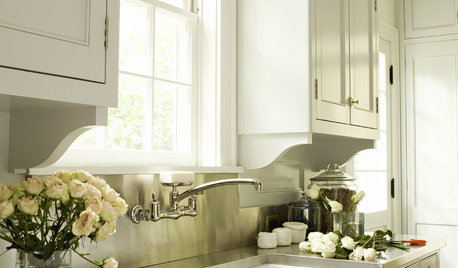

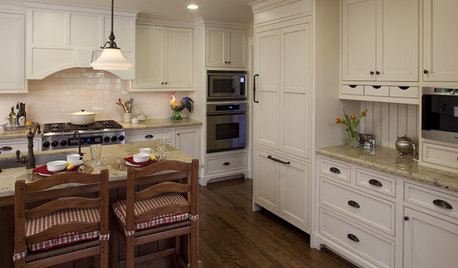



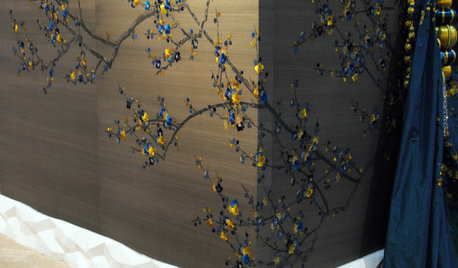
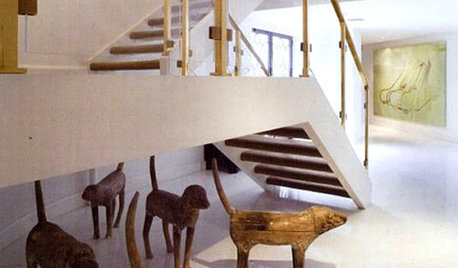



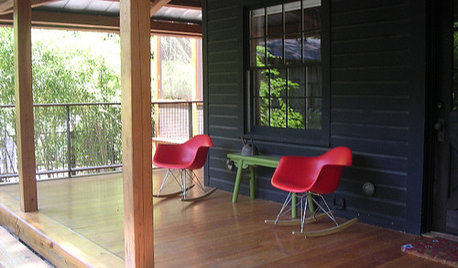
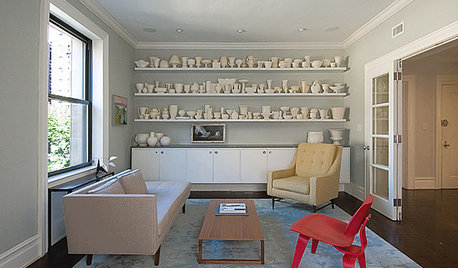
Related Discussions
What Company Makes Good Furniture and Has A Good Reputation?
Q
I was expecting plug mold....???? Is this good?
Q
What Makes a Good Guest? A Good Host? Guest Room?
Q
making leaf mold - what did I do wrong?
Q